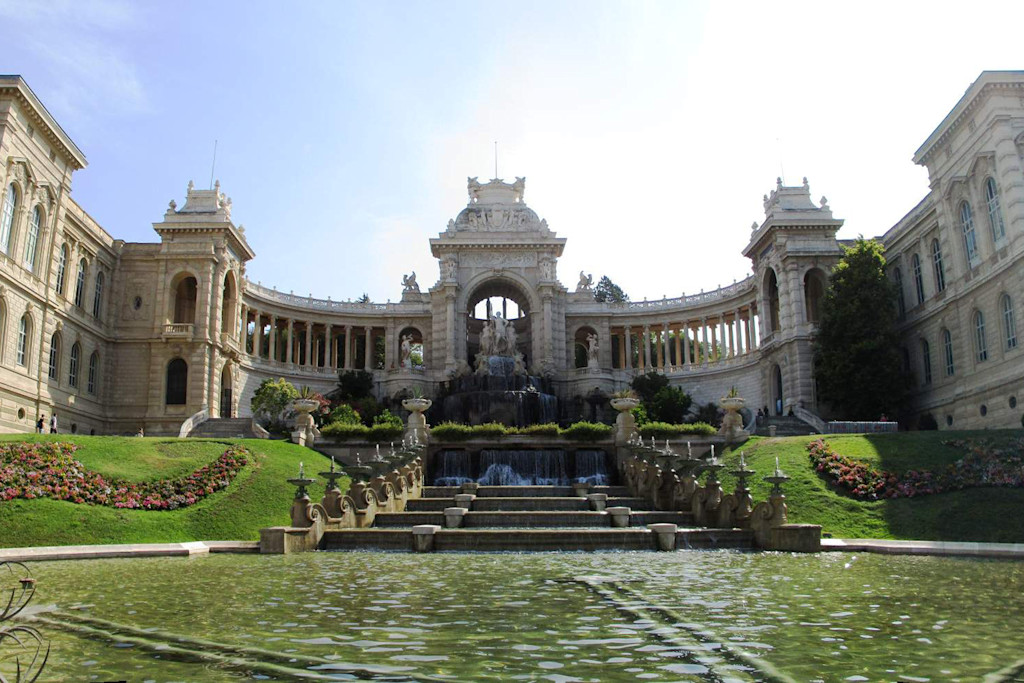
13 April 2021 | Tourism
The Palais Longchamp in Marseille
This monument is classified in a Marseille park, the Palais Longchamp houses the Museum of Fine Arts and the Museum of Natural History of Marseille. The Palais Longchamp housed the large zoo of Marseille from 1855 to 1987, it was the first provincial zoo. The remains of the cages are still visible in the park.
First provincial zoo
Some animals have been kept at the Natural History Museum, located in one of the wings of the Palais Longchamp. Close to the port of Marseille, the Palais Longchamp, built in 1862, opened to the public on August 15, 1869. Its remarkable gardens are recognized by the Ministry of Culture. Explore the Museum of Fine Arts in the east wing of the monument and the Marseille Natural History Museum in its west wing this summer.
Palais Longchamp Observatory
A scientific attraction accessible to all. Considered the oldest scientific establishment in Marseille. It was installed on the Longchamp plateau in the heart of the garden in 1864. Equipped with the largest telescope in the world for a century. The premises served as a major research laboratory for more than 140 years. It is currently open to the public and more particularly to school groups, with activities dedicated to astronomy, such as planetarium sessions, visits to exhibitions, and even the large telescope. You can also attend lectures or take part in observations of the moon and the sun. A very good outing to offer your children if you are staying in Marseille. Address: Place Henri DunantBd de Montricher, Marseille Prices: Free Opening hours: Monday to Sunday from 9 a.m. to 8 p.m.
A remarkable architecture
A covered colonnade leads to two museums and opens on the city side to the waterfall and on the park side to a vast garden. This monument was originally built to bring water to the city. In 1835, cholera struck the city due to the lack of water, the civil engineer Franz Mayor de Montricher carried out a project dating from the 16th century. The idea was to dig an 85 kilometer canal to bring Durance water to Marseille. After 10 years of work, 18 aqueducts will be built to transport drinking water. The architect Henry Espérandieu, known for having designed the Basilica of Notre-Dame de la Garde, depicts the arrival of water on the Longchamp plateau.
European Capital of Culture awarded to Marseille in 2013.
Several sculptors have been chosen to decorate the Palais Longchamp, at the entrance you can admire the lions and tigers of the animal sculptor Antoine Louis Bayre. As well as a monumental fountain symbolizing the arrival of the waters of the Durance created by Jules Cavelier.
Official website: http://monumentsdemarseille.com/palais-longchamp
